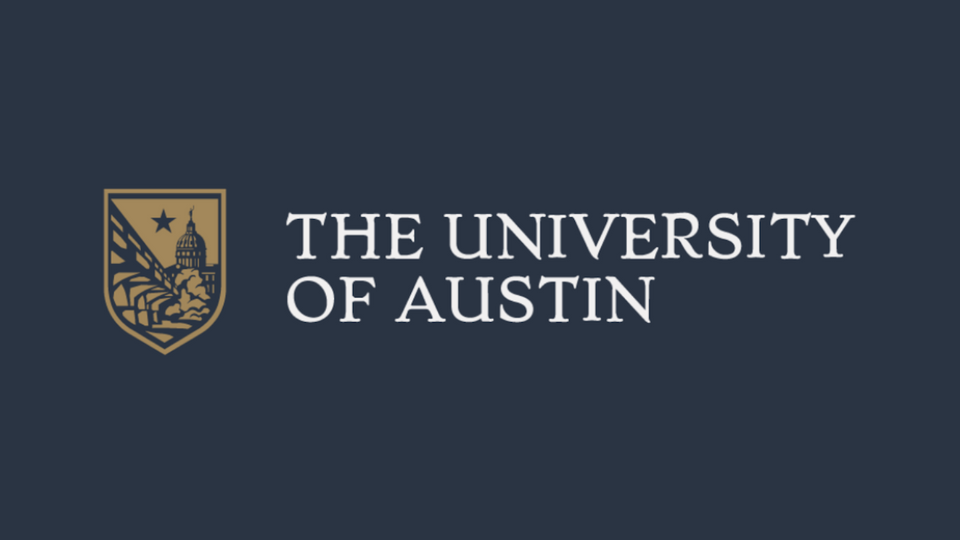Dear Commons Community,
Republican Senator Lisa Murkowski of Alaska announced yesterday she will run for re-election in 2022, setting up a race against a primary challenger endorsed by Donald Trump.
Murkowski said in a campaign video that she would work across party lines to help Alaska and “stand up to any politician or special interest that threatens our way of life.” Trump has vowed revenge against Murkowski and other Republican lawmakers who supported his impeachment over the Jan. 6 insurrection. As reported by the Associated Press and other news media.
Murkowski told reporters in Anchorage yesterday there will be “plenty of people on the outside who will be gunning for me, who will suggest that I am not right for Alaskans. I would put that directly to the people of this state.”
“It’s very easy to get distracted by people on the outside. It’s very easy to get distracted by those who would say they’re going to do something,” she said later. “My focus needs to be on the people of Alaska, serving them and asking for their permission for continued service.”
Murkowski is the only Republican senator who voted to convict Trump at his impeachment trial to face reelection next year. The race will be closely watched nationally as an indicator of Trump’s lasting influence with GOP voters after his 2020 election defeat and will show whether Republicans remain willing to punish lawmakers who they believe have been disloyal to the former president.
In addition to her impeachment vote, Murkowski called for Trump’s resignation after the Jan. 6 Capitol insurrection, in which hundreds of his supporters stormed the building in an attempt to stop the certification of President Joe Biden’s election victory. Trump has since said people charged in the attack were being “persecuted so unfairly.”
Murkowski, 64, had been coy about her reelection plans to this point even as she had been raising money. So far, she has outraised her Trump-backed opponent Kelly Tshibaka, according to fundraising reports.
Murkowski filed paperwork with the state Division of Elections on Friday. She said campaigns are “too darn long” and she figured announcing about a year out from the general election was “plenty of time.”
Tshibaka has not yet filed with the office but has filed a statement of candidacy with the Federal Election Commission.
Murkowski’s announcement came days after she touted the passage of a massive federal infrastructure package that she called consequential for growing the economy and jobs. She was among 19 Republican senators who joined all the Democrats in backing the $1 trillion bipartisan infrastructure bill.
“Those who are pushing back and saying that a Republican cannot support this measure have not looked at what this legislation is going to do for this country,” she said Wednesday.
Murkowski has been in the Senate since 2002, when her father, Frank, selected her to finish his unexpired term after he was elected governor. A Murkowski has represented Alaska in the Senate since 1981.
Tshibaka, who has sought to cast Murkowski as an “enabler” of Biden’s administration, said Friday that it was “now official that Lisa Murkowski won’t relinquish the Senate seat her father appointed her to 20 years ago, but it’s just as clear that Alaskans are fed up with her.”
“It’s time for new conservative leaders with courage and common sense to lead our nation forward, and I stand ready to step into that responsibility,” Tshibaka said.
Murkowski has bucked the Republican Party before. She lost her 2010 primary to a conservative candidate but went on to win the general election with a write-in campaign.
After the Jan. 6 riot, Murkowski called on Trump to resign the presidency, telling the Anchorage Daily News, “I want him to resign. I want him out. He has caused enough damage.”
Trump, during his impeachment trial earlier this year, was acquitted of the sole charge of incitement of insurrection.
Murkowski was censured by the Alaska Republican Party in March for her vote to convict, but the National Republican Senatorial Committee endorsed her. In July, the Alaska Republican State Central Committee endorsed Tshibaka, a former commissioner of Alaska’s Department of Administration.
Alaska Republican Party Chair Ann Brown said in a statement Friday that Tshibaka “has captured the support of conservatives around the state and is working hard to win.”
Murkowski said she has been a Republican since she was old enough to vote and has support from Republican colleagues. But she said it’s “not about seeking endorsement from a party as much as seeking endorsement from all Alaskans.”
Murkowski was the lone Republican to oppose advancing Trump’s Supreme Court nominee Brett Kavanaugh in a procedural vote, expressing unease with the sexual misconduct allegations made against him, which he denied. She voted “present” in the final 50-48 vote that elevated Kavanaugh to the high court.
Trump won Alaska with 52.8% of the vote last year, while Biden got about 42.8% of the vote. Tshibaka has gotten support from Trump allies and announced recently plans for a fundraiser with Trump at his Mar-a-Lago club in Florida for February.
Alaska voters last year passed an initiative to end party primaries and institute ranked-choice voting for general elections. Under the system, the top four vote-getters in a primary race, regardless of party affiliation, will advance to the general election. A state court judge earlier this year upheld the new voting process. That decision has been appealed to the Alaska Supreme Court.
A number of candidates have already filed with the state Division of Elections for the race. The list of candidates on the division’s website does not yet include a Democrat.
Lindsay Kavanaugh, executive director of the Alaska Democratic Party, said Alaskans “deserve better than to choose one side of a proxy war between Mitch McConnell’s candidate and Donald Trump’s candidate. Democrats reject both of those Republican brands.”
Democrats will have a candidate in the race “who will be a clear choice for Alaskans,” she said in a statement.
I wish Senator Murkowski good luck in her re-election bid! The Republican Party needs her!
Tony











